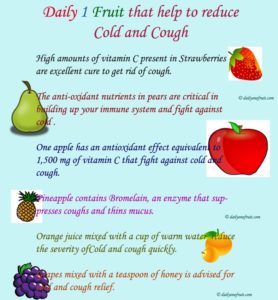
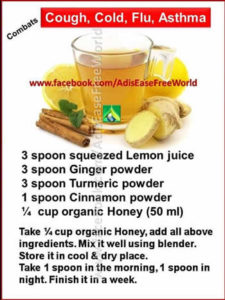

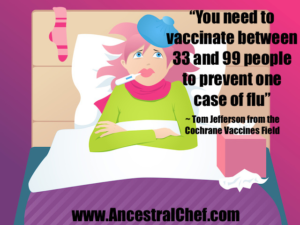
This season 2021, the flu will be “a little bit unpredictable,” Dr. Clare Rock, associate professor of medicine in the Division of Infectious Diseases at Johns Hopkins School of Medicine, tells CNBC Make It.
Are the treatments for these illnesses the cold or the flu different?
For any of these things, if it affects the nose or sinus, just rinsing with saline that gets the mucus and virus out is a first-line defense. It’s not the most pleasant thing to do, but it works very well. There are classes of medicines that can help the flu — Tamiflu and Relenza — antivirals that block viruses’ ability to reproduce and shorten the length and severity of the illness. But they have to be taken within 48 hours or the cat is proverbially out of the bag [because by then] the virus has done the most of its reproduction. For a cold or flu, rest and use decongestants and antihistamines, ibuprofen, acetaminophen, chicken soup and fluids.
Zinc supposedly helps the body’s natural defenses work to their natural capacity and decrease the severity and length of a cold. Cells need zinc as a catalyst in their protective processes, so if you supply them with zinc, it helps them work more efficiently. You should also withhold iron supplements. Viruses use iron as part of their reproductive cycle, so depriving them of it blocks their dissemination.
The majority of these infections are not bacterial and do not require [nor will they respond to] antibiotics. My rule of thumb is that a viral infection should go away in seven to 10 days. If symptoms persist after that, you’d consider if it’s bacteria like Strep or Haemophilus. Those bacteria cause illnesses that are longer lasting and need antibiotics for ranging 3 to 14 days, depending on the med used.
Is that treatment approach the same for kids versus adults?
In general, the same rules apply: Most children will have six to eight colds a year in their first three years of life, and most are viral. Adults have 3 or more a year. It’s very easy to test for strep and for that you should have a [positive] culture [before treating with antibiotics]. The principle behind that is knowing the organism the doctor will know what antibiotic to use to fight off the bacterial infection and you won’t build up antibodies from the antibiotic that you didn’t need in the first place if you are given the wrong antibiotic in the beginning.
Treatments to the flu are:Most people with flu have mild illness and do not need medical care or antiviral drugs. If you get sick with flu symptoms, in most cases, you should stay home and avoid contact with other people except to get medical care.
Antiviral drugs can help treat flu illness: Antiviral drugs are different from antibiotics. Flu antivirals are prescription medicines (pills, liquid, intravenous solution, or an inhaled powder) and are not available over the counter. Antiviral drugs can make illness milder and shorten the time you are sick.
- Antiviral drugs are different from antibiotics. Flu antivirals are prescription medicines (pills, liquid, intravenous solution, or an inhaled powder) and are not available over the counter.
- Antiviral drugs can make illness milder and shorten the time you are sick. They might also prevent serious flu complications, like pneumonia, when treatment is started early.
- It’s very important that antiviral drugs be started early after symptoms begin to treat people who are very sick with flu (for example, people who are in the hospital) and people who are sick with flu and have a greater chance of getting serious flu complications, either because of their age or because they have a higher risk medical condition. Other people also might be treated with antiviral drugs by their doctor. Most otherwise-healthy people who get flu, however, do not need to be treated with antiviral drugs.
What are the strategies for avoiding cold and flu different?
Avoidance is very similar: Strict hand washing, not sharing drinking cups or utensils, and avoiding direct contact with people who are sneezing. Their transmission is similar. As long as someone has a fever, they have the possibility to transmit infection. After they’ve had no fever for 24 hours, they’re not infectious anymore.
The U.S. Centers for Disease Control and Prevention (CDC) now recommends that just about everyone get the flu shot: kids 6 months to 19 years of age, pregnant women, people 50 and up, and people of any age with compromised immune systems. Is the shot beneficial to anyone who gets it?
Unless you have a contraindication, there’s no reason not to get it=PREVENTION. Contraindications include egg allergy (because the vaccine is grown from egg products), any vaccines within a last week or two, and active illness at the time of your vaccine.
The best to do is PREVENTION so you can avoid the cold or flu in its active phase or post phase, so doing the following will help prevent it:
Live a healthy lifestyle overall=Good dieting, living good healthy habits and maintaining exercise with rest daily or 2 to 3 times a week including get a vaccine yearly for the flu=influenza with maintaining good clean anti-infection habits like as simply as washing the hands as directed above.
The tips and resources below will help you learn about actions you can take to protect yourself and others from one the flu and two a severe common cold to help stop the spread of germs.
-
- Stay home when you are sick.
If possible, stay home from work, school, and errands when you are sick. This will help prevent spreading your illness to others.
- Cover your mouth and nose.
Cover your mouth and nose with a tissue when coughing or sneezing. It may prevent those around you from getting sick. Flu viruses spread mainly by droplets made when people with flu cough, sneeze or talk.
- Clean your hands.
Washing your hands often will help protect you from germs. If soap and water are not available, use an alcohol-based hand rub.
- Handwashing: Clean Hands Save Lives
Tips on hand washing and using alcohol-based hand sanitizers
- It’s a SNAP Toolkit: Handwashing
Hand washing resources from the It’s A SNAP program, aimed at preventing school absenteeism by promoting clean hands. From the School Network for Absenteeism Prevention, a collaborative project of the CDC, the U.S. Department of Health and Human Services and the American Cleaning Institute.
- Avoid touching your eyes, nose or mouth.
Germs can be spread when a person touches something that is contaminated with germs and then touches his or her eyes, nose, or mouth.
- Practice other good health habits.
Clean and disinfect frequently touched surfaces at home, work or school, especially when someone is ill. Get plenty of sleep, be physically active, manage your stress, drink plenty of fluids, and eat nutritious food.
- Avoid close contact.
Avoid close contact with people who are sick. When you are sick, keep your distance from others to protect them from getting sick too.
****Recommended is to check with your MD on any changes with diet or exercise especially if diagnosed already with disease or illness for your safety.****
References for Part 1,2, and 3 on the two bugs The FLU and The COLD:
1-Wikipedia “the free encyclopedia” 2013 website under the topic Influenza.
2-Kimberly Clark Professional website under the influenza.
3-Web MD under “COLD, FLU, COUGH CENTER” “Flu or cold symptoms?” Reviewed by Laura J. Martin MD November 01, 2011
4-2013 Novartis Consumer Health Inc. Triaminic “Fend off the Flu”
5-Scientific American “Why do we get the flu most often in the winter? Are viruses virulent in cold weather? December 15, 1999
5-CDC Center for Disease Prevention and Control CDC
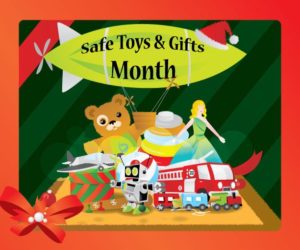
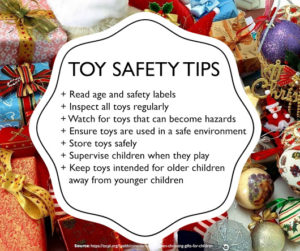
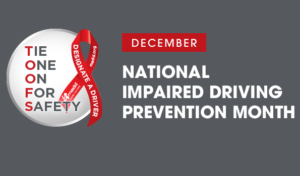

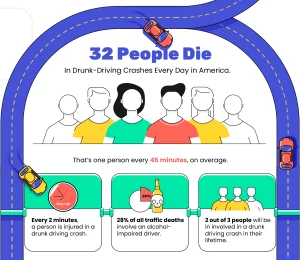

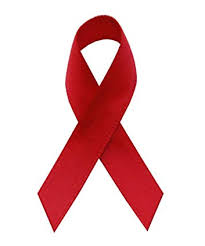





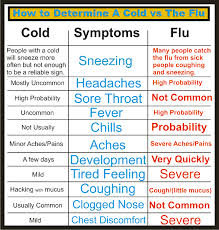
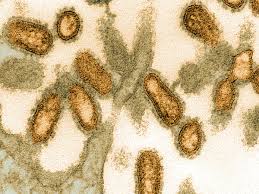
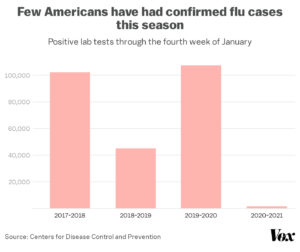
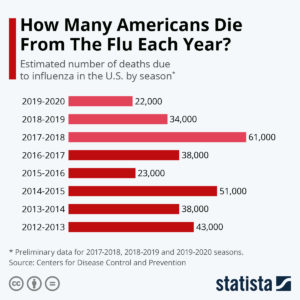 Consider the FLU VACCINE!
Consider the FLU VACCINE!